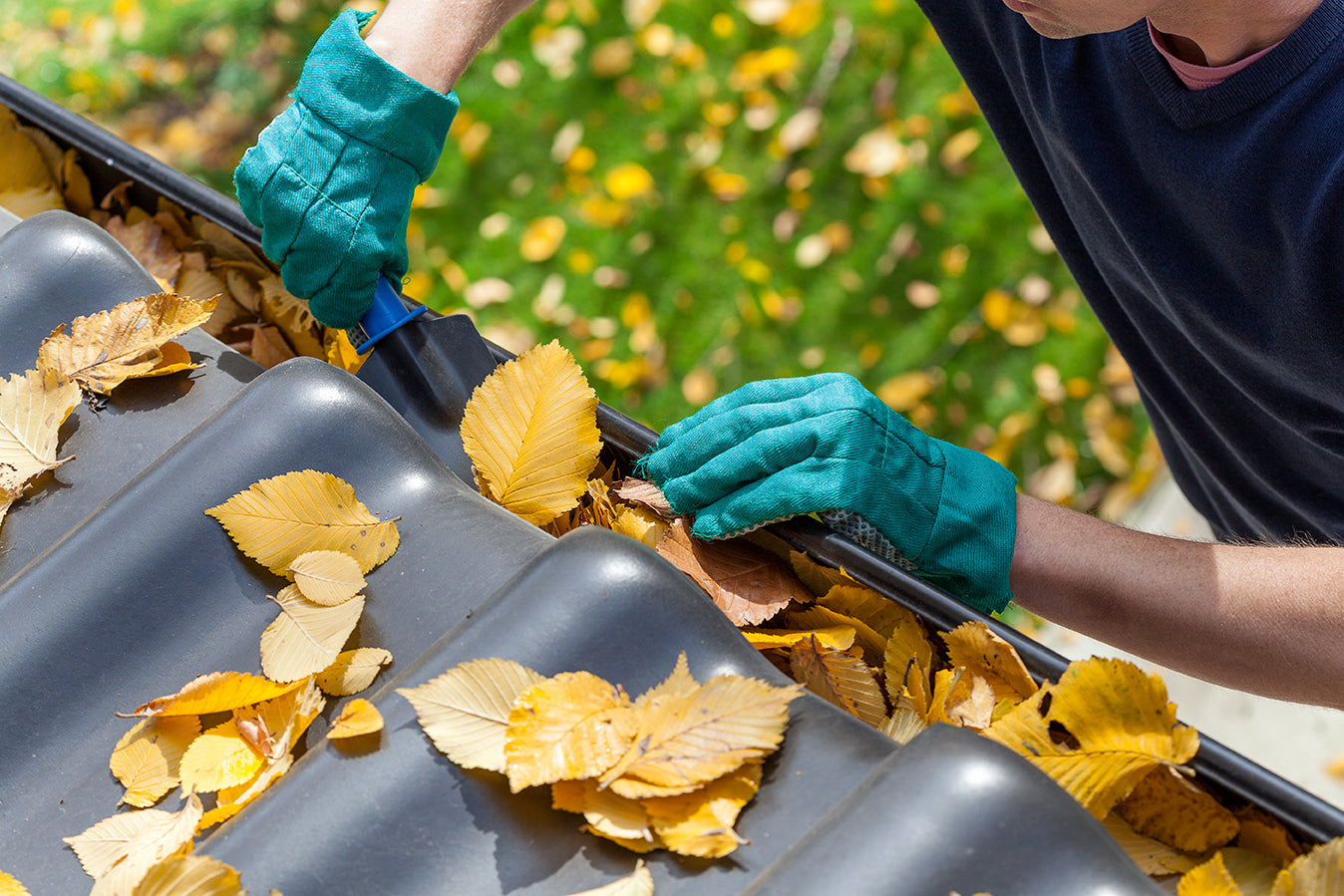
Fall Maintenance Checklist - DIY Dos and Donts
A home maintenance schedule is important for every home's upkeep and peace of mind. Regularly checking the exterior, appliances, heating and cooling systems, plumbing, and electrical will help prevent breakdowns, save money, and keep your home looking good.
Instead of trying to mentally check all the boxes, homeowners can make it easier by adhere to a semi-annual checklist. It’s also important to know when to DIY and when to call the professionals.
To DIY or Not to DIY - When to DIY
Some home checks are straightforward; with a little guidance, these can be performed by any homeowner.
A common-sense exterior check can pinpoint many issues or avoid potential ones. Making sure trees are clear of power lines, ensuring gutters are clean, checking for loose or leaning fence posts, inspecting the siding for stains (which could point to a leak), and taking note of signs of insects or animal infestations are all easy tasks.
On the inside, there are many areas that are simple to assess with a regular walkthrough. Checking the batteries of smoke detectors and alarms, ensuring that fire extinguishers are working, inspecting the basement and attic for leaks and testing the garage door auto-reverse feature are all home maintenance must-dos.
When to Call a Professional
When it comes to the technical checks that every home requires, unless a homeowner is knowledgeable, it’s best to call a professional to do the job right. Two areas that should strongly be considered for professional inspection include electrical wiring and plumbing
While some plumbing checks such as testing water pressure and looking for leaky faucets can be performed by the average homeowner, other aspects should be reviewed and maintained by a professional. These checks often involve, inspecting the water heater, making sure the toilets are functioning properly, checking drains, and more. Having a professional opinion can save time and money in the long run.
Some electrical checks are also easy for a homeowner to accomplish including testing GCFI outlets, ensuring plugs fit snugly into all outlets and checking any extension cords for damage. A professional electrical safety inspection will include checking your electrical panel, outlets and switches, wiring and circuits, outdoor circuits and HVAC wiring.
Checklists and Resources
There are many websites with checklists for home maintenance and upkeep. A simple web search will net many results. Here’s a few favorites to start -
https://docs.google.com/document/d/1mVH1Fn9WVdviKQ4W0Qtl_veGYd7Z_nBphknRP_T75uU/edit
https://blog.happyhiller.com/blog/electrical-safety-checklist
https://www.bhg.com/home-improvement/advice/home-maintenance-checklist/
https://www.diynetwork.com/how-to/maintenance-and-repair/repairing/checklist-for-a-trouble-free-home
